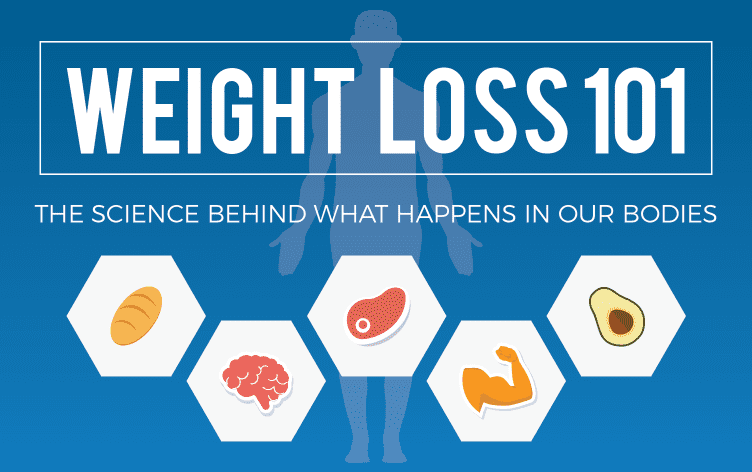Cold laser therapy is a non-invasive, pain-free therapy that helps reduce swelling and improves cell regeneration. It is a secure option to invasive treatments and typically has immediate outcomes.
Laser photons start a domino effect of chain reactions within the cell that lower pain, swelling, and speed up healing. It increases blood flow to the location by inducing vasodilation.
What to Expect
Cold laser treatment is a non-invasive treatment that uses low-level laser light to pass through deep right into hurt cells, setting off cell feature on multiple degrees to promote cells healing. This helps in reducing discomfort and inflammation, while advertising muscle contractions and regrowth.
During a session, you'll sit or relax conveniently and the expert will certainly note the areas on your body that demand to be treated. The professional then applies a tiny handheld gadget with the laser to the location. During the therapy, you might feel a minor tingling or warmth in the location of your injury.
Before starting treatment, it is essential to clean up the location of your injury and eliminate any kind of jewelry or other things that could obstruct of the laser's course. It's also important to stay clear of any combustible products that could be in the area of the laser beam of light. This will certainly ensure your security and the performance of the therapy.
Preparation
Cold laser therapy functions by beaming light on the surface of your skin. The light is taken in by the leading layer of your skin and afterwards stimulates the cells to create power that advertises healing.
During the treatment, you might feel a warm or tingling experience in the location that is being treated. This is totally regular, though you should let the professional recognize if the sensation is unpleasant or as well strong.
This treatment has a great deal of pledge for helping clients with terrible mind injury (TBI). The therapy is non-invasive and does not have any kind of negative side effects. Nevertheless, even more research study is required to establish the optimal treatment protocol. The very best method to learn if you are a candidate for this sort of treatment is to seek advice from a trained physical therapist. They will be able to help you identify if chilly laser therapy is right for you.
The Therapy
As soon as the expert has actually effectively placed you for therapy, they will certainly after that place the cool laser tool on the damaged location. They might maintain it on for 30 secs or longer, relying on the dimension of the injury and its level of sensitivity. They will certainly make use of protective safety glasses to make certain that the laser does not straight strike the eyes, and they will certainly make certain that you are secured from any type of glare that might happen.
You may feel a slight tingling sensation on the location that is being dealt with, yet it will certainly not be undesirable or agonizing. This is an indicator that the laser is functioning to promote the healing process in the affected cells.
The majority of people experience discomfort alleviation within a few sessions, with some seeing long lasting results also after numerous months of therapies. It is very important to note that LLLT is not implied as a sole therapy for any kind of persistent pain condition and it should be coupled with various other restorative methods in order to achieve optimal outcomes.
Post-Treatment
After you rest or rest, the practitioner will certainly make use of a stick with a collection of light-emitting diodes low level laser therapy to target your pain site. You will certainly wear safety eye goggles, and the laser may be hung on your skin for 30 to one minute. You may feel a mild, calming feeling during the therapy.
The photons from the laser permeate deep into your tissue, causing a recovery reaction on a cellular degree. Unlike various other forms of laser therapy, this low-intensity technique does not produce heat.
Some researches have shown that cool laser therapy works in dealing with a number of problems, consisting of chronic discomfort and wounds. However, it is much less commonly accepted as a typical clinical practice, and it isn't covered by many medical insurance plans. Additionally, it is not recommended to be made use of over any type of dubious malignant lesions or cancers or on expecting females. You must always seek advice from your oncologist before seeking this type of treatment.
